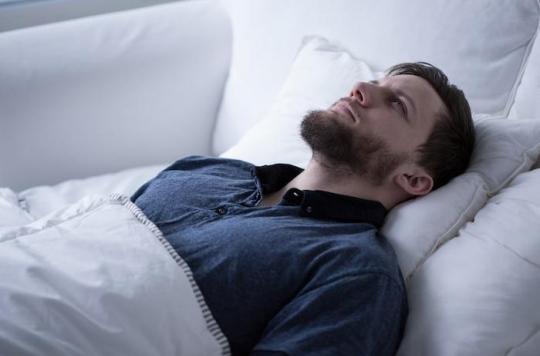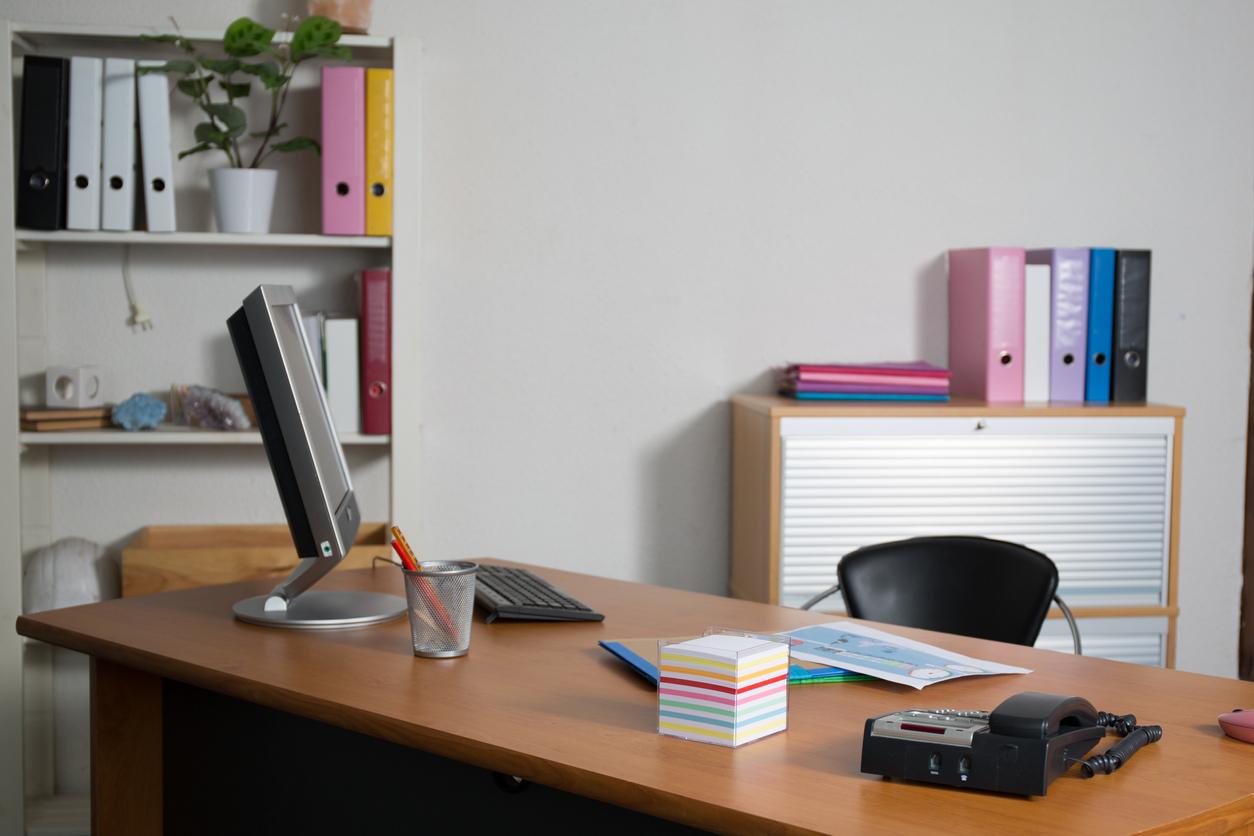Absenteeism has increased by 16% in 4 years. This increase is due to an increase in the average annual duration of stoppages, which reaches an average of 51 days per year.

The phenomenon is worrying. According to a new study by Gras Savoye Willis Towers Watson, French employees are taking longer and longer sick leave, and therefore suffer from increasingly serious or disabling pathologies. “Employees are therefore not more likely to stop, but they stop longer. The stops are therefore more serious, and employees have more and more difficulty in returning”, analyzes Julien Remy, head of the absenteeism offer from Gras Savoye Willis Towers Watson.
Absenteeism has increased by 16% in 4 years. This increase is due to an increase in the average annual duration of stoppages, which reaches an average of 51 days per year (for stoppages of 4 days or more). Stops of more than 6 months therefore now represent 40% of sick leave. For employees having taken at least one stoppage of more than four days, the average frequency is 1.44 stoppages of more than 4 days per employee and per year. This increase does not spare any sector of activity and any category of employees.
Non-executives have about twice the absenteeism
And everyone is the loser, including employers. “As a general rule, an absenteeism rate of 1% generates a cost representing between 1 and 2% of the payroll. This includes the cost of maintaining the salary, the impacts of the employee’s absence as well as the replacement costs. On the sample analyzed, the average absenteeism rate of 3.54% therefore translates into a cost of 3.5% to 7% of the payroll, a phenomenon which is increasingly costing social security. and to businesses, “specifies Julien Remy. He suggests: “by focusing the action on the employees most likely to stop and by trying to limit the duration of the longest stops, a company can therefore act effectively on its absenteeism rate”.
Within the same company, an employee over 50 will have on average more than three times more absenteeism than an employee under 30, the health risk being increased tenfold by age. In addition, non-executives have absenteeism approximately twice as high as that of executives (4.6% against 2.2%).
The profession exercised is decisive
More specifically still, the profession exercised is decisive. “We note overall that for a given sector, absenteeism increases with the low level of qualification, the arduousness of the work and the lack of commitment. We can cite the example of the health sector where the employees most affected by the “absenteeism are the nursing assistants and hospital service agents. The arduousness of their function is now recognized, but they are generally not considered in the company,” argues Julien Rémy. The front page of the magazine Society indicates for its part “that a third of people think that their job is useless”.
The study Absenteeism 2018 is based on a panel of 428,802 employees in 4,000 companies. The analysis relates to sick leave or ATMP (work accident and occupational disease) of more than 4 days, ie a total of 5,546,502 days of sick leave.
.
















